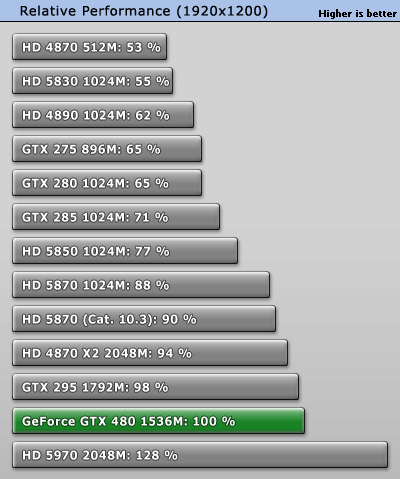- Joined
- Oct 9, 2007
- Messages
- 47,682 (7.42/day)
- Location
- Dublin, Ireland
| System Name | RBMK-1000 |
|---|---|
| Processor | AMD Ryzen 7 5700G |
| Motherboard | Gigabyte B550 AORUS Elite V2 |
| Cooling | DeepCool Gammax L240 V2 |
| Memory | 2x 16GB DDR4-3200 |
| Video Card(s) | Galax RTX 4070 Ti EX |
| Storage | Samsung 990 1TB |
| Display(s) | BenQ 1440p 60 Hz 27-inch |
| Case | Corsair Carbide 100R |
| Audio Device(s) | ASUS SupremeFX S1220A |
| Power Supply | Cooler Master MWE Gold 650W |
| Mouse | ASUS ROG Strix Impact |
| Keyboard | Gamdias Hermes E2 |
| Software | Windows 11 Pro |
A quick stroll through our previous article about how the GeForce Kepler family of next-generation GPUs is laid out, would tell you that GeForce Kepler 104 (GK104), is going to be NVIDIA's answer to AMD's Tahiti. GK104 will be a high-performance (≠ high-end) GPU by NVIDIA that will have many of the features that were reserved for its previous high-end GPUs (such as a 384-bit wide GDDR5 memory interface), but will not be NVIDIA's most powerful GPU in the series. The throne will be kept empty for GK100, which will comply with NVIDIA's "go all in" design ideology for high-end GPUs.
3DCenter.org compiled a few specifications of the GK104 and GK100. They go like this:
GK104
GK100
View at TechPowerUp Main Site
3DCenter.org compiled a few specifications of the GK104 and GK100. They go like this:
GK104
- 640 to 768 CUDA cores
- 80 to 96 TMUs (depending on what the CUDA core count ends up being)
- 384-bit GDDR5 memory interface, 48 ROPs
- Built on the 28 nm TSMC process
- Products based on this will launch in the first quarter of 2012
GK100
- 1024 CUDA cores
- 128 TMUs
- 512-bit GDDR5 memory interface, 64 ROPs
View at TechPowerUp Main Site





 GK100
GK100




